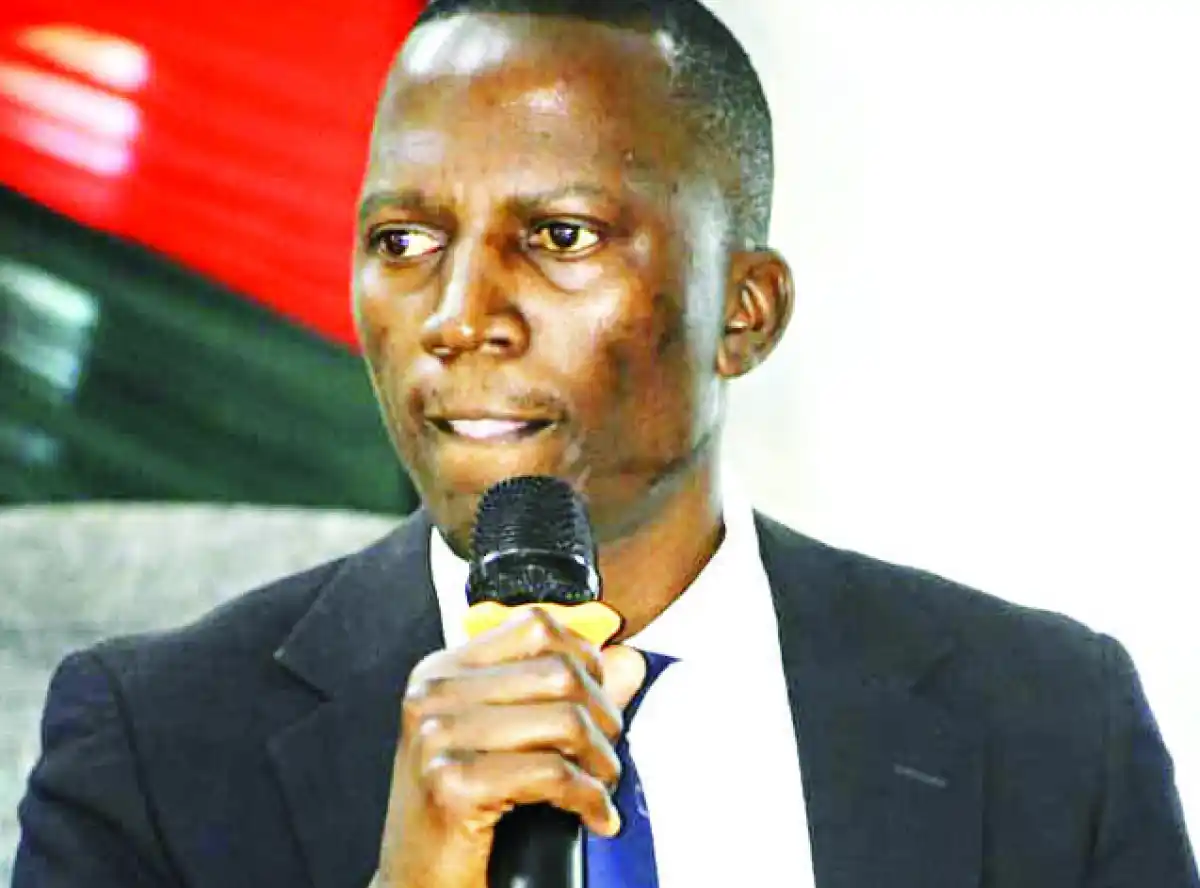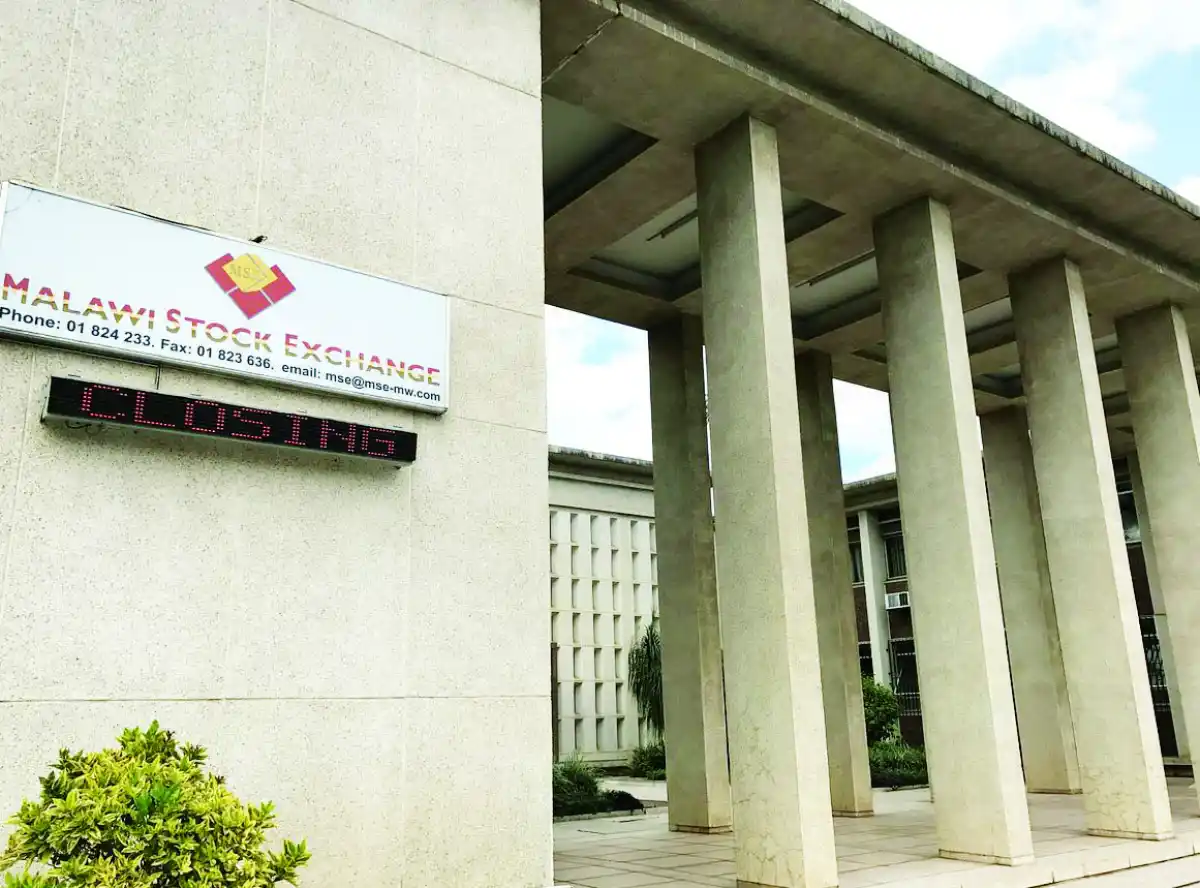
Malawi’s debt to GDP ratio – the size of debt relative to economic output – has quickened from 81.3 percent in 2023 to 91.3 percent fuelled by persistently large fiscal and external deficits and the deprecation of the Kwacha, the latest World Bank report has shown.
In its 19th Malawi Economic Monitor, the World Bank notes that Malawi’s fiscal deficit reached 12.4 percent of GDP in the 2023-24 financial year, necessitating large-scale domestic and external borrowing, while the depreciation of the Kwacha added approximately K2 trillion to the debt stock.
The Breton Woods institution further notes that the current account deficit has widened to more than 15 percent of GDP in recent years due to the overvaluation of the exchange rate, significant explicit and implicit import subsidies, higher global prices for fuel and fertiliser and subdued export performance.
“Although increased grant financing provided some relief, the twin fiscal and external deficits contributed to a mounting debt stock. Negative real interest rates eroded the real value of domestic debt, but this was outweighed by substantial new issuances, especially of medium-term Treasury notes.
“Meanwhile, the Kwacha’s depreciation pushed the external debt burden to 48.5 percent of GDP and it now exceeds the domestic debt stock of 42.8 percent of GDP,” the bank says.
The World Bank further notes that Malawi continues to pursue external debt restructuring, but the margin for error is narrowing citing the recently signed supplemental loan agreement to restructure $206 million of outstanding debt to China as an important step in this direction.
“Despite higher rates, there is limited scope to expand domestic financing, and the share of outstanding debt held by the RBM will likely increase. In this context, fiscal consolidation and successful external debt re-structuring will be vital to restore fiscal and external sustainability,” the Malawi Economic Monitor reads.

Scotland-based economist Velli Nyirongo yesterday said Malawi’s financial health is deteriorating, as evidenced by the sharp increase in its debt-to-GDP ratio.
Nyirongo said this means that nearly 91.3 percent of Malawi’s annual income is now dedicated to servicing its debts.
“This alarming figure signifies a significant portion of the country’s resources is being diverted from essential services like education, healthcare and infrastructure.
“The consequences of such a high debt burden are far-reaching. To manage its debts, the government may resort to austerity measures, reducing spending on public services and potentially leading to a decline in living standards,” he said.
Additionally, according to Nyirongo, tax hikes could be imposed to generate more revenue, further burdening citizens and businesses.
“…moreover, the increased financial risk associated with a high debt-to-GDP ratio can deter investors and lead to higher borrowing costs. This, in turn, can stifle economic growth, job creation, and overall development.
“In essence, Malawi’s mounting debt is a serious threat to the economic stability and the well-being of its citizens,” Nyirongo said.
Speaking recently during the National Debt Conference, Secretary to the Treasury Betchani Tchereni blamed Malawi’s magnanimous debt to reckless borrowing by previous administrations.
According to Tchereni, the current administration of President Lazarus Chakwera is only contracting concessional loans.
He said Malawi has pleaded with international lenders to consider restructuring its loans or else the country risks defaulting.
According to Tchereni, restructuring public debt, in terms of repayment period and interest, would help free up resources for Malawi.
He said such resources would help Malawi improve its balance of payment position.
Tchereni observed that debt restructuring would also help Capital Hill to pay for essential services and would also free up some forex for private sector players to import raw materials.








0 Comments